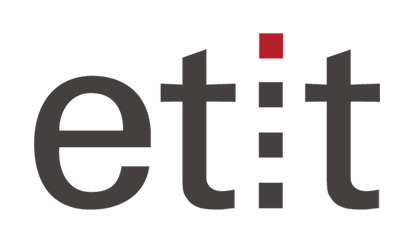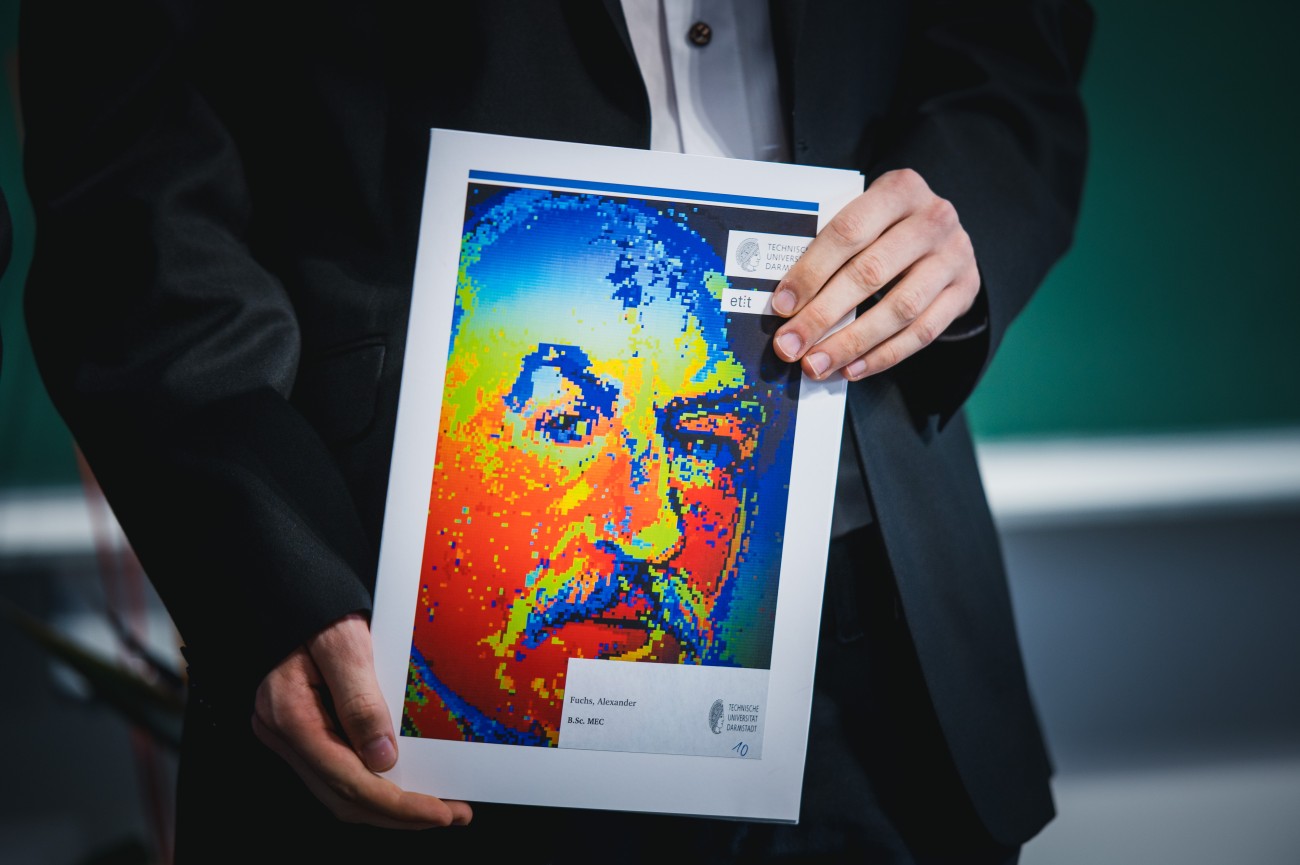Master's Thesis for Deep Learning-based Visibility Estimation: Development of a Labeling Workflow and Extension of a CNN Model for Pixel-accurate Visibility Estimation
Deep Learning-basierte Sichtbarkeitsschätzung: Entwicklung eines Labeling-Workflows und Erweiterung eines CNN-Modells zur Pixel-genauen Schätzung der Sichtbarkeit
Master thesis
The field of Adaptive Lighting Systems and Visual Processing develops innovative lighting assistance systems that aim to support the driver, especially at night, and improve road safety. A central goal of this research is to enable adaptive lighting using camera systems and pixel-based headlights to create optimal visibility conditions for each object.
The goal of this Master's thesis is to develop a deep learning model that estimates the visibility of objects on a pixel level. This model will be trained using a Convolutional Neural Network (CNN) that considers various image features, such as luminance images, edge contrast maps, and saliency maps (to be developed). A key part of the work is the development of a workflow to label images according to their visibility, as well as the extension of an existing network architecture model to achieve precise visibility estimations.
Research Questions:
1. How can a deep learning model be developed that makes precise visibility predictions on a pixel level based on various image features (e.g., luminance image, edge contrast map, saliency map, global object features)?
2. Which methods and approaches to modifying the CNN architecture (e.g., layers, loss function) are suitable for improving visibility estimation?
Work Packages:
1. Literature Review and Theoretical Background:
o Conduct an extensive literature review on existing image processing methods and deep learning approaches for visibility estimation and object detection/segmentation.
o Analyze segmentation techniques and approaches for extending to visibility estimation, including consideration of contrast and object-based features.
2. Development of a Visibility Labeling Workflow:
o Establish a standardized workflow for creating training datasets for pixel-level visibility labeling.
o Develop procedures to label images with various levels of visibility, considering both local contrasts and object-based features.
3. Model Architecture and Network Modification:
o Select and modify an existing CNN architecture for visibility estimation based on the aforementioned input images.
o Adjust the model to integrate both local contrasts and global object-based features. Various layers, activation functions, or loss functions can be considered as modifiable approaches.
4. Training and Evaluation of the Model:
o Train the CNN model using the labeled training data.
o Evaluate the model with suitable metrics to assess the accuracy of pixel-level visibility predictions.
5. Statistical Analysis and Improvement Potential:
o Analyze the results and identify areas for improvement in the model architecture and training methods.
o Identify areas where the model can be optimized and propose future work for further development of visibility estimation.
6. Documentation and Reporting:
o Create a structured scientific paper to present the results and developed methods.
o Elaborate on the findings and propose suggestions for future development of the technology.
________________________________________
Please send me your application along with a brief exposé, in which you describe your approach to solving the topic and explain why you are particularly suited for this project. Include information on which relevant courses you have taken during your studies and which projects you have successfully completed that have prepared you for this topic. Your application should also include a cover letter.
Please send your documents by email to kunst@lichttechnik.tu-darmstadt.de.




